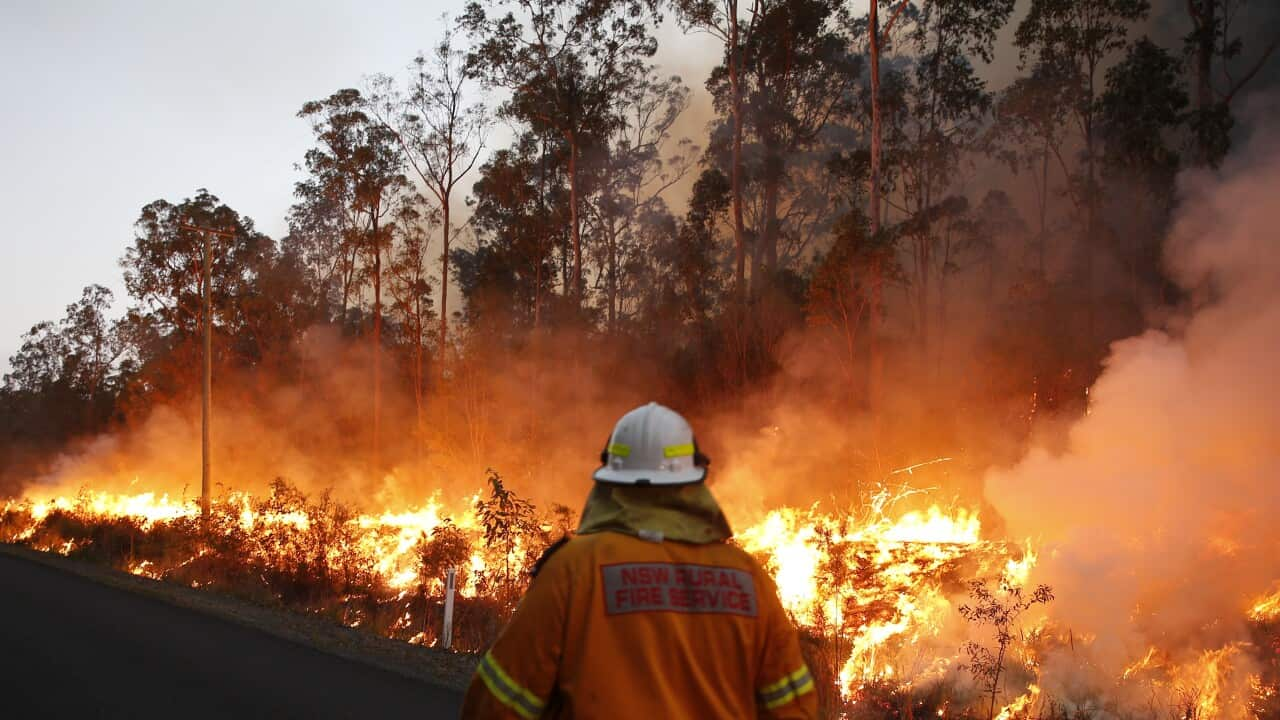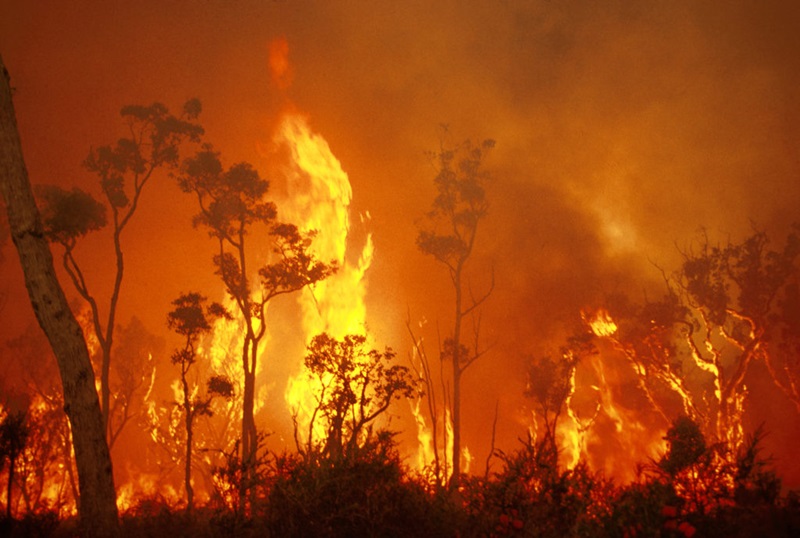Browsing Building Safety And Security: Recognizing the Value of a BAL Report
Browsing Building Safety And Security: Recognizing the Value of a BAL Report
Blog Article
Just How BAL Record Impacts Bush Fire Security Measures
In the world of bush fire protection, the Building Attack Level (BAL) record stands as an important device that significantly affects the safety and security and durability of homes in fire-prone areas - BAL Report. The influence of a BAL analysis extends far beyond simple paperwork; it functions as the keystone for figuring out the proper building requirements and fire protection steps necessary to mitigate the threats posed by bushfires. As neighborhoods grapple with increasingly serious fire seasons, recognizing just how the BAL record shapes these safety steps comes to be critical for property owners, policymakers, and building contractors alike
Recognizing the Bushfire Strike Level

Relevance of BAL Report Analysis

Moreover, the BAL record assessment functions as a foundational step in following lawful commitments and requirements connected to bushfire security. Neighborhood councils and authorities usually mandate the submission of a BAL report as part of the preparation and structure authorization procedure to make sure that residential properties are effectively guarded against bushfire dangers. Failing to conduct a thorough BAL record evaluation can lead to poor defense measures, leaving residential or commercial properties prone to ruining bushfire occurrences.
Building And Construction Requirements Based on BAL
A comprehensive understanding of the Bushfire Attack Level (BAL) allows property owners to execute construction criteria customized to their certain risk account. Building standards based upon BAL are crucial in mitigating the effect of bushfires on residential properties. The BAL ranking categorizes the prospective risk a home encounters during a bushfire on a scale from BAL-Low to BAL-FZ (Fire Zone) Each More hints BAL degree corresponds to specific building demands described in the Australian Standard AS3959-2018 Building of Structures in Bushfire-Prone Areas. For example, residential or commercial properties classified as BAL-Low may just need fundamental procedures such as clearing particles and maintaining gardens, while those in greater BAL groups require even more robust procedures like coal screens, fireproof materials, and sealed home windows. Following these construction criteria not just improves the architectural durability of the residential or commercial property yet likewise boosts the overall safety of locals throughout a bushfire event. Building proprietors must meticulously consider their BAL ranking and comply with the equivalent construction standards to properly guard their occupants and homes.
Executing Fire Defense Steps
With the structure of building and construction standards based on Bushfire Assault Degree (BAL) in position, the emphasis currently changes in the direction of the sensible implementation of fire defense actions to strengthen residential properties against bushfire dangers. Carrying out fire defense measures entails a mix of passive and active techniques to improve the resilience of buildings in bushfire-prone locations. Passive procedures include using fire-resistant structure products, setting up ember guards on vents, sealing spaces in wall surfaces and roof coverings, and maintaining a clear space around the residential property without combustible plants. Energetic actions encompass having firefighting devices easily offered, such as tubes and water pumps, along with developing a defendable space around the building by clearing plants and having a well-maintained yard. Furthermore, creating an evacuation strategy and making sure all residents are aware of emergency treatments are crucial parts of effective fire security actions. By incorporating both passive and active approaches, buildings can considerably decrease their susceptability to bushfire occurrences and raise the safety and security of owners.
Safeguarding Houses Versus Bushfires
Efficiently safeguarding homes against the damaging effects of bushfires requires a proactive and thorough technique to fire defense procedures. Homeowners staying in bushfire-prone locations need to focus on the execution of various strategies to enhance their building's strength versus wildfires. One fundamental element is creating a defensible room around the home by keeping a clear zone cost-free of combustible materials. This includes consistently cutting vegetation, getting rid of dead plants, and making certain a safe distance between trees and frameworks. Mounting fireproof roof covering products can likewise dramatically decrease the danger of ash attacks and straight fire get in touch with. Additionally, securing vents and spaces to protect against coal invasion, as well as incorporating fireproof doors and windows, can help fortify the home's defense versus bushfires. Buying a reliable website link water resource, such as a properly maintained automatic sprinkler or a dedicated water container, is vital for providing water during fire emergencies - BAL Report. By accepting a positive stance and incorporating these safety measures, house owners can substantially increase their possibilities of protecting their homes versus bushfires.
Conclusion
In final thought, the Bushfire Strike Degree (BAL) record plays a vital role in determining the necessary security actions against bushfires. Implementing fire protection steps based on the BAL report is crucial in safeguarding homes from possible bushfire dangers.
In assessing bushfire danger to properties, comprehending the Bushfire Strike Degree (BAL) is an essential component for executing efficient defense measures. In general, a clear understanding of the Bushfire Strike Degree is vital for implementing appropriate protection actions and minimizing this link the impact of bushfires on homes.

Report this page